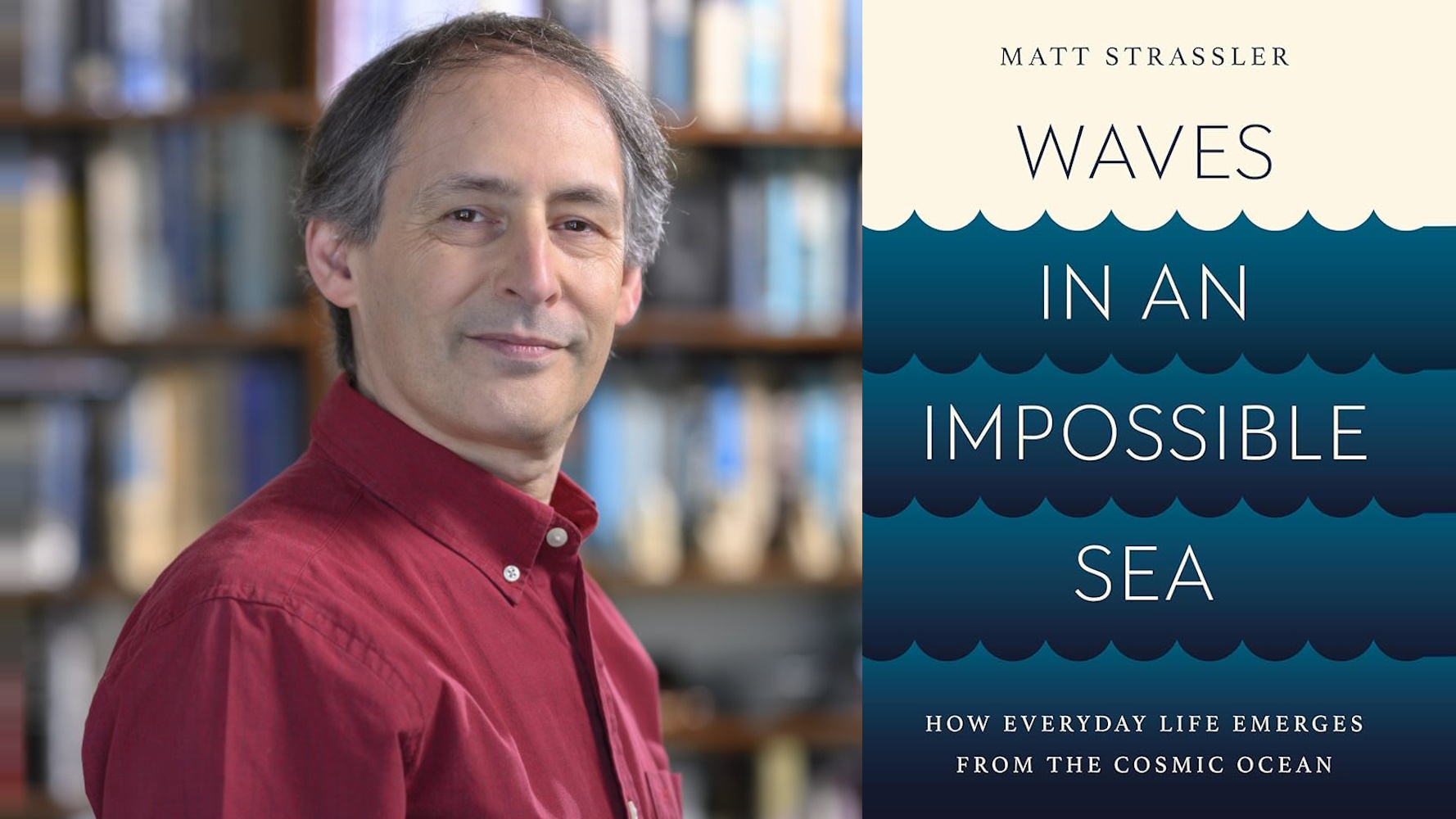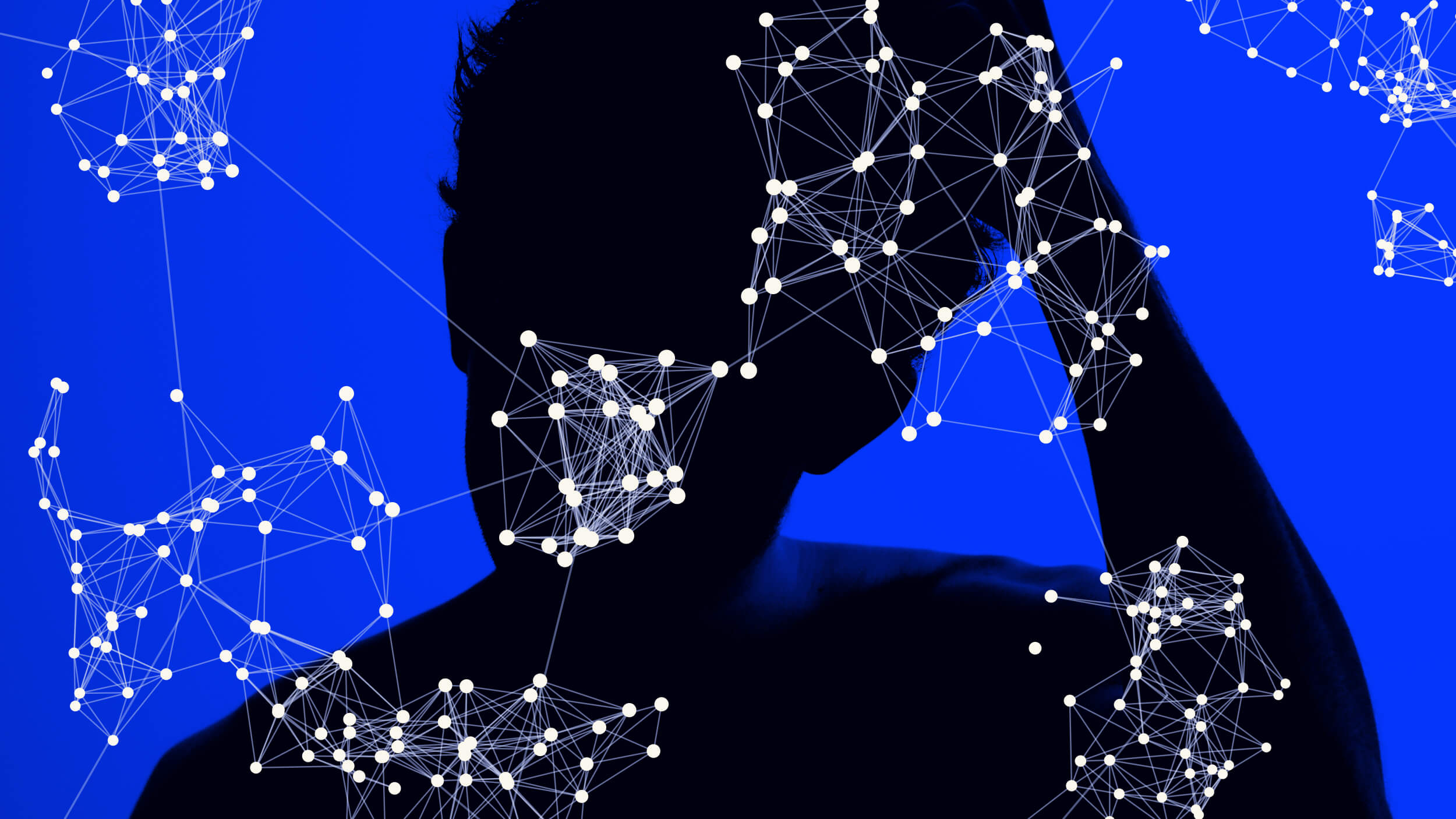You Are Not In Complete Control Of Yourself: And That’s A Good Thing

In our culture, there are two diametrically opposed beliefs. The first is that we are powerful and strong creatures that have the ability to shape our biology and destiny in any way we want. This belief comes from the Romantic school of thought which sees human nature as malleable, and thus society and the man-made environment as the problem. The second belief is that we are puppets being controlled at the behest of corporations and other special interests that have done a masterful job of shaping our perceptions and environments to do what they want.
So, on the one hand we have the belief that we have endless potential and power to change ourselves. On the other hand is the belief that we are powerless, manipulated by those smarter and more moneyed than us. Our belief in our own plasticity leads to the belief that those bigger and stronger than us have, and will always have, the upper hand.
Thus, more than being a liberating and uplifting belief system, plasticity can lead to paranoia and pessimism. Luckily, we are not blank slates, and instead have a myriad of different inborn proclivities and abilities that we carry with us from womb to ward. Of course we can shape these tendencies, and even adopt new ones, but many of the general thrusts of our lives seem to be imparted with us from our great ancestral bloodline. This can be seen as depressing, but it can also be viewed as a great adventure: us living out the experiences and carrying on traditions of brave men and women that have lived in many different eras but have shared the same name. It can also be viewed as a buffer against the less empowering environments we find ourselves in, since no matter how hard they push us they often only have tiny marginal influences on who we are.
This doesn’t mean that we shouldn’t work tirelessly to build a better world and improve our environments in every conceivable manner. However, it’s hard to do this effectively when in the clutches of anxiety and fear. While certain proclivities and temperamental characteristics may not be malleable, our moment-to-moment perception is – and nothing stifles effective problem solving more than full-blown anger, fear, or sadness. When in these states of mind, we do anything possible to escape from them, even if that means deluding ourselves in the most pernicious ways.
When looking forward at the problems, both technological and social, which will arise in the coming decades, we need to remember that things are likely going to be more stable than we think. After all, human nature has existed for millennia but hasn’t necessarily changed much. Wrath, greed, sloth, pride, lust, envy and gluttony will continue to be regular features of our human experience – along with joy, transcendence, awe, and the other uplifting moments of our lives. It’s not like human nature is going to change tomorrow. If we recognize this fact, and use that knowledge in a clear-headed manner, we can realistically make our world better and better in the coming years. But if we let our fantasies get the best of us, and assume unlimited plasticity and control over ourselves, we’ll be in for a terrible surprise. After all, utopian visions have had a bad track record, and instead of building heaven on earth, we may find ourselves somewhere much warmer.
Image: Library of Congress





